Distinguished Critique: Green Lantern: Emerald Dawn Review
Hal Jordan's reintroduction to the post-Crisis DC Universe is notable for reshaping the pilot by offering him strong inner turmoil and conflict
—by Nathan on August 10, 2023—
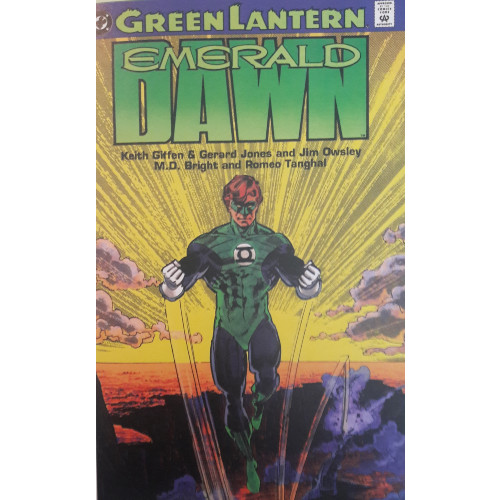
“In brightest day, in blackest night, no evil shall escape my sight. Let those who worship evil's might beware my power–Green Lantern's light!”
For years, Green Lantern Hal Jordan has powered his ring using those very words. Though not DC’s first Green Lantern–that honor, historically, falls to Alan Scott–Jordan has become a core DC Comics character. He was a founding members of the Justice League, proud member of the Green Lantern Corps, and eventual downfall of the Corps after becoming Parallax.
But before Jordan’s dramatic and dark transformation into Parallax or even the grim Spectre, his origins were retold in the pages of Emerald Dawn, a six-issue limited series set in DC’s post-Crisis on Infinite Earths universe. The series retools Jordan, modernizing him for then-current continuity just like Frank Miller did for the Dark Knight Detective in "Batman: Year One" or John Byrne did for Superman in Man of Steel.
Green Lantern: Emerald Dawn
Writers: Jim Owsley (currently Christopher Priest), Keith Giffen, Gerard Jones
Pencilers: Mark Bright, Keith Giffen
Inker: Romeo Tanghal
Colorist: Anthony Tollin
Letterer: Albert DeGuzman
Issues: Green Lantern: Emerald Dawn #1-6
Publication Dates: December 1989-May 1990
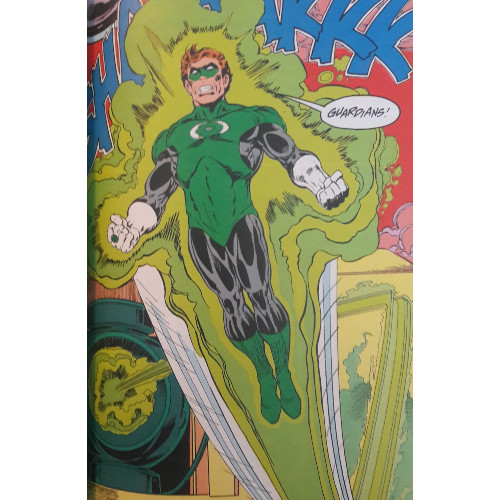
Note: save for some minor edits, this blog is the same as it was when I originally posted it to Hubpages
I can’t say Green Lantern has ever been one of my favorite superheroes in the DC pantheon (that honor goes to Batman and, coming in second place despite his remarkable speed, the Flash), nor can I claim any deep understanding of the character or his mythos, especially since Geoff Johns spun out several other Corps across the emotional spectrum. But in diving into some other post-Crisis reimaginings of DC superheroes, I discovered this limited series about Hal Jordan, a few years removed from his Parallax/Spectre phase.
Jim Owsley kicks off the series in tremendous fashion, creating a Hal Jordan who seems the least likely candidate for becoming a green guardian of good. He’s impulsive, rash, and foolish, all traits he seems to have inherited from his father. As a pilot for Ferris Aircraft, Hal bears a seemingly proud Jordan family tradition of men who want to take to the skies…but in their own way. Owsley concocts a fantastic clash here, as Jordan’s notable gifts and talents and a promising future collide with his rash actions. A night of drinking leads to reckless driving, which leads to an accident with a sign, which leads to a fellow pilot’s paralysis. And all Hal can do is blame the physical sign…while missing the metaphysical signs which point to his deep problems.
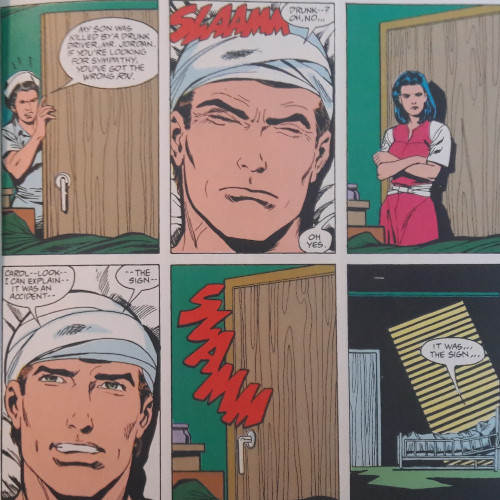
Owsley (who writes only the first issue), Griffen, and Jones create a character who is deeply troubled and is in terrible need of intentional direction. They craft a protagonist blind to his own headstrong, domineering attitude. Hal blames the sign for the accident, and one of the first things he does when he gets the ring is try and smash it. He doesn’t consider the accident his fault at all, refusing to take responsibility. The one moment where he shows vulnerability early on is when Abin Sur offers him the ring and Hal retorts that he’s not the fearless champion Abin Sur seeks. Even this is propelled by pure self-preservation and a desire to bat away the responsibility Abin Sur wishes to bestow upon Hal.
It’s a fascinating dichotomy for the writers to toy with: the reckless, selfish pilot given the opportunity to become a selfless protector of others. In accepting the position of Green Lantern–or, at least, begrudgingly taking on a role seemingly forced upon him–Hal is placed in a situation where he has to become more selfless…he has to change. Smashing the sign, amusingly, leaves Hal incapacitated, as the board is constructed from yellow material, the color Green Lanterns are perpetually weak against. But the writers construct this moment not just as a “green vs. yellow” bit of conflict or continuity but as a statement regarding Hal’s brash mannerisms. His inability to think through the consequences of his actions leaves him open to failure and defeat.
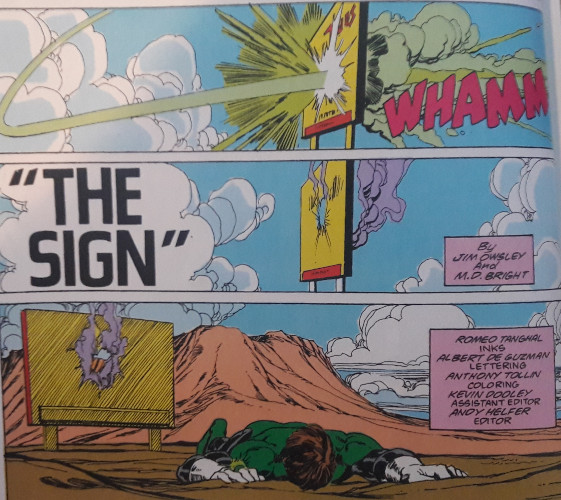
Beyond introducing Jordan and imbuing him with some engaging character dynamics, the writers seem interested in including certain core Green Lantern elements–or would that be corps Green Lantern elements? In a handful of issues, we’re rapidly (re)introduced to the Green Lantern Corps (including notable figures such as Killowog and Tomar-Re), the planet Oa, the enigmatic Guardians of the Universe, and the massive battery which powers the Green Lantern’s rings. The pacing of these developments is rather quick, as if the writers wished to engage with as much basic material as they could in this series. Everything feels important yet not everything is given proper weight necessarily.
This is, I would argue, in part due to a subplot directed by a yellow-armored adversary responsible for Abin Sur’s demise. Careless in his first bouts of fisticuffs against the villain (known as Legion), Hal is forced to think ahead and rely on newfound allies in his battle against the creature. The conflict becomes Hal’s “baptism of fire,” if you will, his chance to overcome the characteristics which have defined him as “Hal Jordan, brash pilot” up until this point.
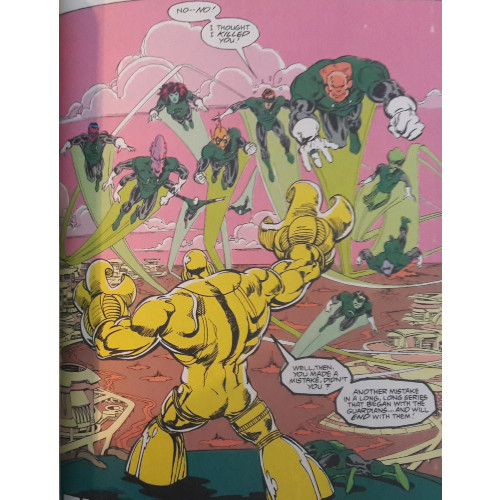
The series, interestingly, doesn’t make much about “updating” or “modernizing” Hal Jordan for the late 80s/90s. Unlike Man of Steel, which included a few comments regarding Soviet threats, Jordan’s new origin doesn’t feel adhered to any particular era. Instead, any cultural comments can be found in how the writers and artists depict the Guardians: while I cannot speak to how the Guardians were initially conceived, this cadre of smaller Blue Men Group members seem more harsh about how they wish the Lanterns to police the universe. There’s a hint of discord in how the writers construct the Guardians, as if their role as overseers is less altruistic and more based on demand. It’s as if the Guardians see themselves as the only power which can enforce peace, order, and prosperity, utilizing the Lanterns to impose that philosophy; woe be to anyone who decides to act otherwise.
If I have one complaint for the series, it regards the last issue’s ending. The series wraps up with a strange scene where Jordan, back on Earth, pulls a ridiculous stunt with an airplane. The scene intends to mirror the series’ opening, which saw Jordan’s father do a similar maneuver and die in a fiery crash as a result. Hal’s decision to pull the same trick feels like a step backward for the character; the fact this stunt ends with the same explosive results indicates Hal’s confidence–which is, I would argue, supposed to be viewed differently than overconfidence. He pulls the same stunt, not to compete with his father’s ghost, but to try and prove how he’s actually grown since becoming the Green Lantern. His prior brashness came from a place of fear, making Hal overextend himself and his abilities to prove to others he wasn’t actually afraid.
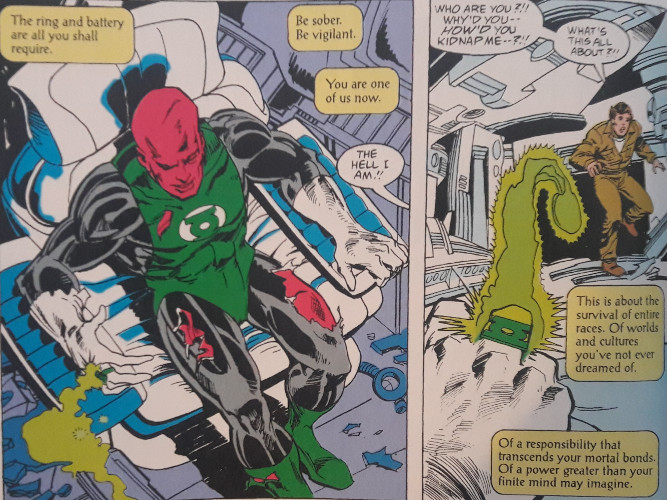
Here, then, Hal’s intention seems to showcase his newfound confidence in himself–not some chest-puffing type of bravado but a genuine understanding of his capabilities. Regardless, the scene is an odd one to end the series on; most of my discussion here regarding Hal’s intentions is pure conjecture, based on occurrences throughout the rest of the series. My first, more cursory reading of the scene left me confused…and, in terms of actual fact, I still sort of am. I am merely projecting my view upon the scene, yet I leave the story still a little unclear.
Aside from this minor criticism, Emerald Dawn reshapes Hal Jordan and details the story of a man changed. All the great superhero origin myths do it. They take human, flawed characters and develop them appropriately. You see it in the boy bitten by a spider who swears to fight crime after inadvertently causing the death of his uncle. You see it in the young man whose parents are murdered before his eyes and promises to rid his home city of the evil which stole their lives. And you see it in the pilot who learns to fly without wings, who comes to understand the impact of his personal selfishness and sees the extent to which he can focus on the people, worlds, and races around him. Hal Jordan, in this series, becomes a light that shines externally, instead of keeping it bottled inside.